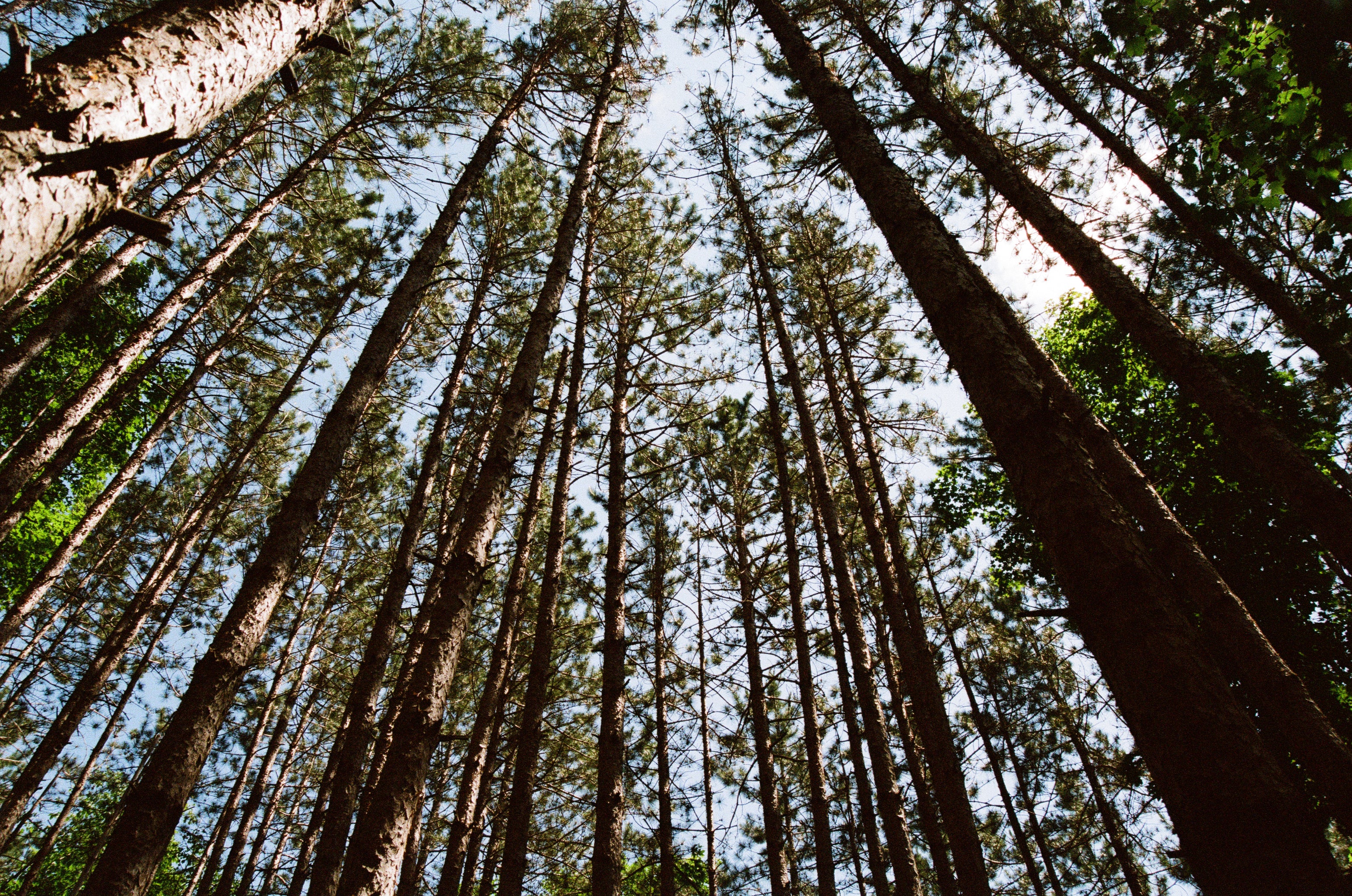We are designing a new kind of habitat — sustainable, modular, and alive. By combining tree plantations with prefabrication, Drevograd reimagines how people and nature can thrive together.

New arrivals
About Drevograd
At Drevograd, we believe that tree plantations can be more than landscapes of timber — they can become the foundations of vibrant, livable neighborhoods. Their natural spacing creates an architectural rhythm, a ready-made grid for prefabricated structures suspended between trunks instead of laid upon concrete. The result is affordable, ecological, and beautiful housing that sequesters carbon instead of emitting it.
This is not a utopia. It’s a practical step toward building differently.
Yushky: Proof of Possibility
Back in the early 2010s, I was among the core group that established Yushky, an eco-center in Kyiv Oblast. With almost no funds but many hands and ideas, we turned donated land into a living experiment. Our first communal structure was an open summer kitchen built of adobe on a wooden frame reinforced with twigs, with a large stove for cooking and baking. It became the heart of the community.
Over the following years, Yushky grew to include multiple sites and structures — gardens, outdoor gathering spaces, art installations, and more. In recognition of its ecological and community impact, it received the National ENERGY GLOBE Award Ukraine in 2014.
The Origin of Drevograd
Yushky showed me what’s possible when many hands come together with limited means. Years later, I sought another way to contribute to the climate struggle. In a somewhat desperate attempt to align my work with what I care about — nature and climate change, rather than just surviving through programming — I applied to the XPRIZE Carbon Capture challenge.
I knew I couldn’t compete with industrial giants, so I tried to imagine processes that millions of households could adopt. One idea was to gather autumn leaves, pasteurize them in a microwave, and preserve them as stable carbon. I tested a few such hypotheses, but none worked; the leaves always decayed in the end. Still, the process opened my eyes: to emissions numbers, to demographics, to the sheer scale of urban growth.
One day, while walking through a forest and thinking about cities like Delhi, which grow by nearly a million people each year, the pieces came together. Those people will need housing — built, most likely, from concrete, with enormous carbon costs. But what if we could live differently? What if instead of adapting treehouses to trees, we adapted trees to scalable geometry? Plantations already provide it: a grid of trunks, perfectly spaced.
That walk planted the seed of Drevograd — a way to merge ecological design with large-scale climate impact.
I applied for a in early 2024, and I intend to continue developing the concept until we can demonstrate it in reality.
Background
I trained as a physicist, mathematician, and electrical engineer, and later explored neuroscience and systems thinking. Equally important has been the practical side — building, experimenting, and iterating. From grassroots eco-construction to ambitious climate challenges, my path has been guided by one question: how do we scale ecological principles into real, livable futures?
Drevograd is that search taking form.